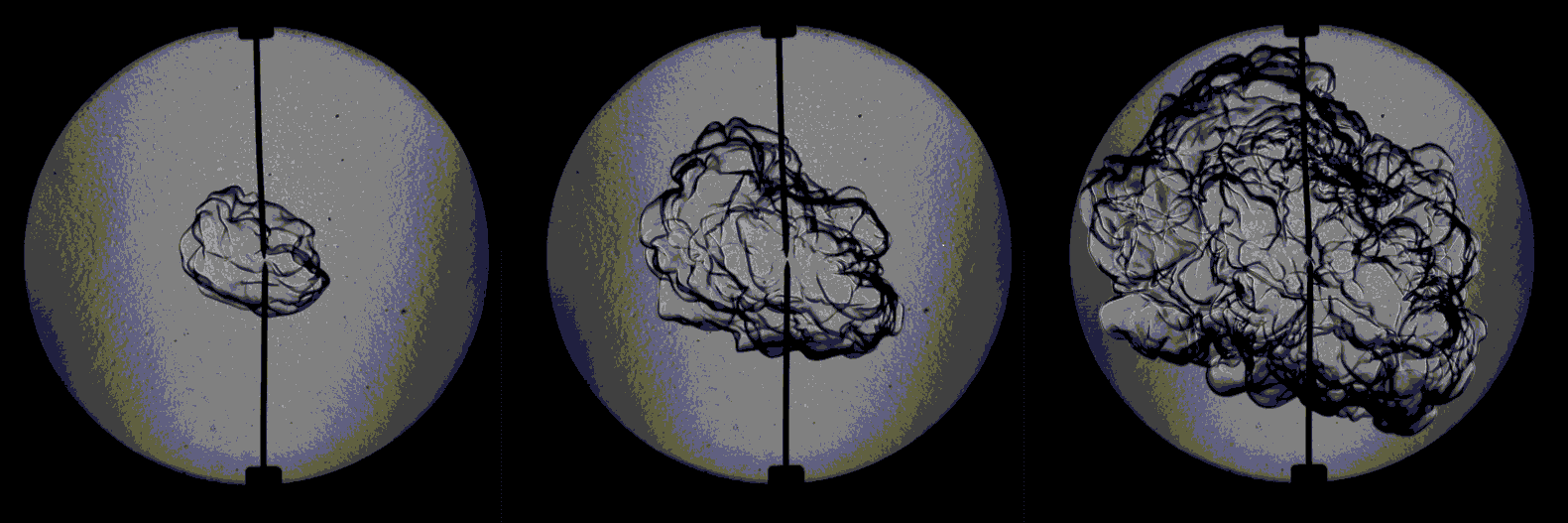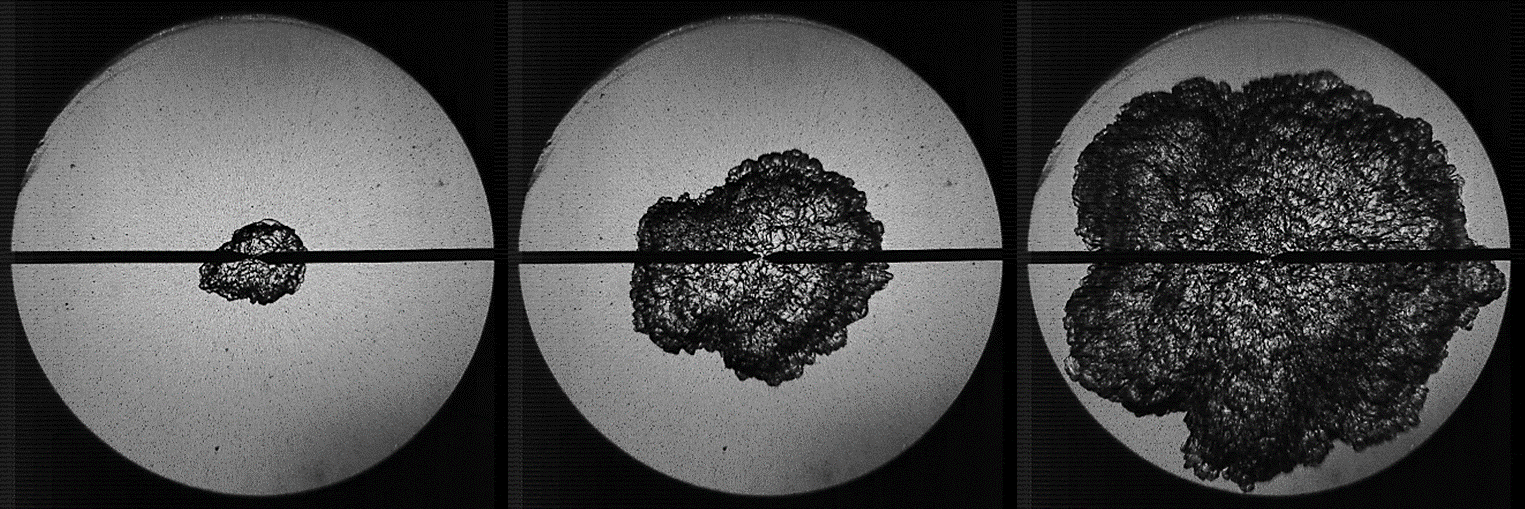Turbulent flame speed is a characteristic of the rate of propagation of a flame in a turbulent flow field, such as that in a gas turbine combustor or a reciprocating internal combustion engine. In the study of turbulent combustion phenomena, turbulent flame speed combines the fields of chemical kinetics and fluid mechanics. In general, turbulence in a combusting flow causes a significant increase in the reaction rate due to the mixing of the hot, burned product gases and the cold, unburned reactant gases. Because of the strong effect of turbulence on the flame propagation rate, the coupling of fluid mechanics and chemical kinetics presents a challenge in modeling turbulent combustion events, especially if any realistic application (i.e. complex geometry) is to be modeled. To produce turbulent flame speed data that are relevant and useful to engine design and operation, the composition and thermodynamic state of the gas mixture must be known precisely, as is the case for a laminar flame speed test, but additionally the flow field must be well known. The velocity field and relevant length scales of the flow in the test chamber must be known to fully characterize the links between fluid mechanics, combustion chemistry, and flame propagation.


Schlieren images of turbulent flame experiments showing different levels of turbulent intensities.
